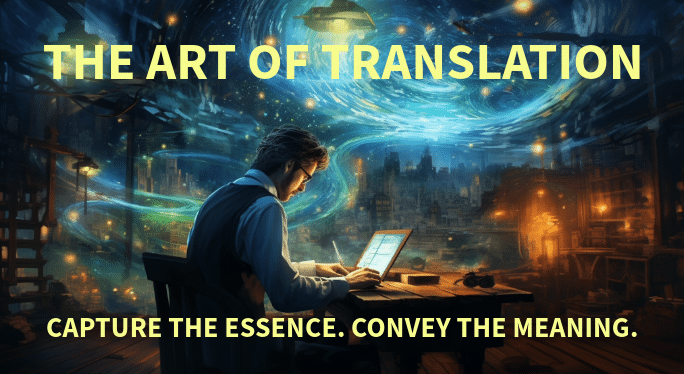
Introduction
Quality translation plays a crucial role in maintaining the integrity of a document’s message. Before a document is written, it is important to consider the needs of the audience and the purpose of the document. In this article, we will explore the factors that contribute to quality translation and the consequences of inaccurate translations. By understanding these factors, translators can ensure that the final translation is accurate, effective, and meets the needs of the target audience.
Factors to Consider for Quality Translation
Purpose of the Document
The purpose of the document directly affects the quality of the translation. Translators need to consider the goal of the document, whether it is to inform, persuade, or entertain the audience. For example, a document that aims to inform may require a more straightforward and factual translation, while a document that aims to persuade may require a professional translation that captures the persuasive tone and emotional appeal of the original text. Aligning the translation with the purpose of the document is essential to ensure the effectiveness of the message.
For instance, imagine a marketing brochure that promotes a new product. The purpose of the brochure is to persuade potential customers to purchase the product. Translators need to convey the persuasive elements of the original text, such as compelling language and persuasive arguments, in the translated version to achieve the same impact on the target audience.
Needs of the Audience
Understanding the target audience is vital for achieving a quality translation. Translators need to consider the language proficiency of the audience and the amount of information needed for them to understand the message. For example, if the target audience has a limited understanding of the source language, the translation should be adapted to their level of comprehension. Additionally, translators should take into account cultural differences and adapt the translation accordingly.
For example, a user manual for a complex electronic device needs to be translated in a way that is clear and easy to understand for the end-users who may not have technical expertise. Translators should use simple language, avoid jargon, and provide explanations for technical terms to ensure that the translation meets the needs of the audience.

Important Details to Communicate
Identifying and conveying important details is crucial for high-quality translation. Translators should focus on capturing cultural nuances, technical terms, and specific jargon that are essential to the message of the document. These details contribute to the accuracy and effectiveness of the translation.
For example, in legal documents, precise terminology and legal concepts need to be accurately translated to ensure that the document maintains its legal validity in the target language. Translators should pay close attention to these important details and conduct thorough research to ensure accurate translation.
Common Mistakes to Avoid
Confusing sentences, poor sentence structure, and other related issues can lead to inaccurate translations and misunderstandings. Translators should be aware of these common mistakes and take steps to avoid them. Clear and concise sentences with proper grammar and punctuation are essential for a high-quality translation.
For example, a document with convoluted sentence structures may cause confusion and result in an inaccurate translation. Translators should strive to simplify complex sentences and ensure that the structure of the translated text is clear and coherent.

Benefits of a Well-Written Document
A well-written document forms the basis for a quality translation. A poorly written document can hinder the translation process, leading to inaccuracies and misinterpretations. A well-structured and clearly written document, on the other hand, enhances the translation process and contributes to the overall quality of the final product.
For instance, a well-written technical document with clear instructions and organized sections allows translators to accurately understand and translate the content. This results in a technical translation that effectively conveys the intended message to the target audience.
Conclusion
In conclusion, considering the purpose of the document and the needs of the audience before it is written is essential for quality translation. By aligning the translation with the goal of the document, understanding the target audience, focusing on important details, and avoiding common mistakes, translators can ensure accurate and effective translations. A well-written document forms the foundation for a high-quality translation and contributes to the overall success of the translation process.
